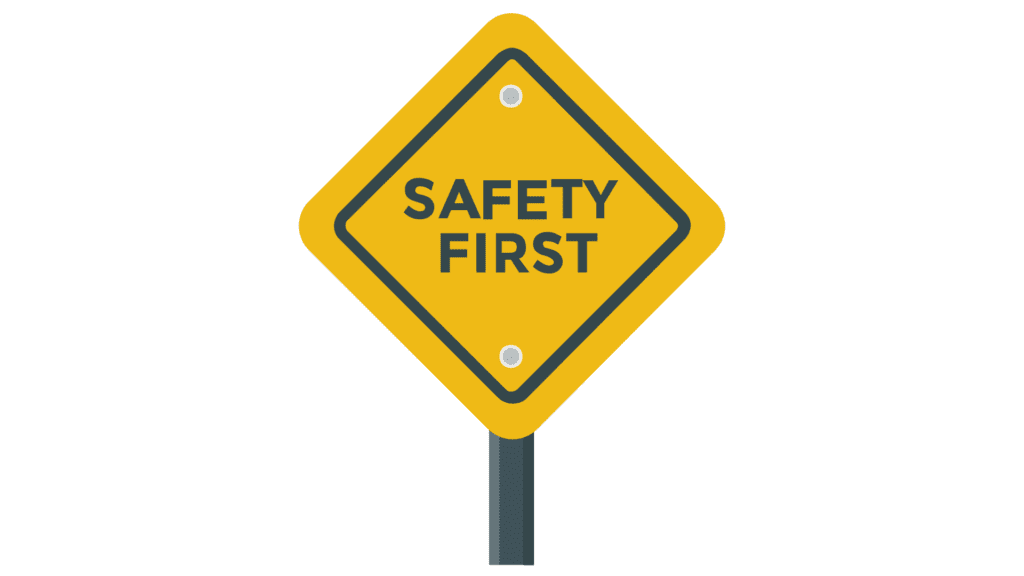How a Well-Implemented Safety and Health Program Affects Employee Retention

Most companies focus on fancy office perks, competitive salaries, and remote work policies to keep employees from jumping ship. But they’re overlooking something fundamental: workplace safety and health programs.
It turns out that investing in employee safety doesn’t just reduce accidents – it dramatically improves retention. Let’s explore how.

Your safety program affects job satisfaction more than you think

Employees who feel physically and mentally safe at work develop stronger connections to their employers. According to research by the Society for Human Resource Management, workers who believe their organization prioritizes workplace health and safety are nearly four times more likely to report high job satisfaction.
This satisfaction isn’t just a feel-good metric – it translates directly to lower turnover rates and higher productivity.
The numbers don’t lie: Safety programs = People staying put

Companies with robust safety cultures see measurable reductions in employee departures:
- Manufacturing giant Alcoa experienced a 5% decrease in turnover over five years after making workplace safety their top priority
- Organizations with strong safety engagement scores had 24% to 59% lower turnover rates compared to companies with weak safety cultures
In today’s job market, where replacing an employee can cost 1.5-2x their annual salary, these retention improvements deliver serious bottom-line benefits.
Safety programs have become a recruiting advantage

Modern job seekers, especially younger generations, actively seek employers who demonstrate care for employee wellbeing:
- A surprising 87% of employees consider health and wellness programs when choosing employers
- 67% of workers report higher job satisfaction when their company offers wellness initiatives
- 58% of millennials and 54% of Gen Z view company wellness programs as an essential factor in their job search
In a competitive talent market, your safety program isn’t just retaining current employees – it’s attracting new ones.
Productivity gets a major boost when people feel safe
Workplace injuries and illnesses create massive productivity drains. By preventing these issues, employers could reclaim an estimated 103 million production days annually – equivalent to retaining nearly 400,000 full-time workers.
When employees feel protected, they’re more focused, engaged, and productive. These factors create a virtuous cycle that encourages people to stay with the company long-term.
Trust is built through actions, not just policies
A well-implemented safety program demonstrates that a company values its people beyond their productivity. This builds genuine trust – something increasingly rare in today’s workplace.
Employees who trust their employers are dramatically more likely to:
- Stay during challenging times
- Recommend the company to friends
- Go above and beyond their job descriptions
- Embrace change and new initiatives
Effective safety programs address the whole person
Modern safety and health initiatives go far beyond hard hats and safety goggles:
- Physical safety: Modern equipment, proper training, and clear procedures
- Mental health: Stress management resources, support systems, and work-life balance initiatives
- Ongoing development: Regular safety training updates, practical scenarios, and continuous improvement opportunities
This comprehensive approach shows employees they’re valued as complete human beings, not just workers.
The bottom line: Safety is a retention strategy that pays for itself
Investing in employee health and safety creates a win-win financial situation:
- Reduced costs from workplace injuries and illnesses
- Lower insurance premiums and workers’ compensation expenses
- Higher productivity from a healthier, more engaged workforce
- Improved retention saving thousands in replacement costs
These savings can be reinvested in employee development, creating even stronger retention benefits.
How to make your safety program a retention powerhouse
The most successful companies approach safety as a retention strategy by:
- Communicating clearly about policies and the reasoning behind them
- Making safety training relevant and engaging rather than boring compliance exercises
- Regularly updating programs as laws and best practices evolve
- Integrating safety naturally into company culture rather than treating it as a separate initiative
- Adapting to changing needs and listening to employee feedback
Safety programs aren’t just about preventing accidents – they’re powerful tools for creating workplaces where people genuinely want to stay and grow. By investing in comprehensive safety and health initiatives, companies simultaneously protect their most valuable assets – their people – while significantly improving retention, productivity, and overall organizational success.
